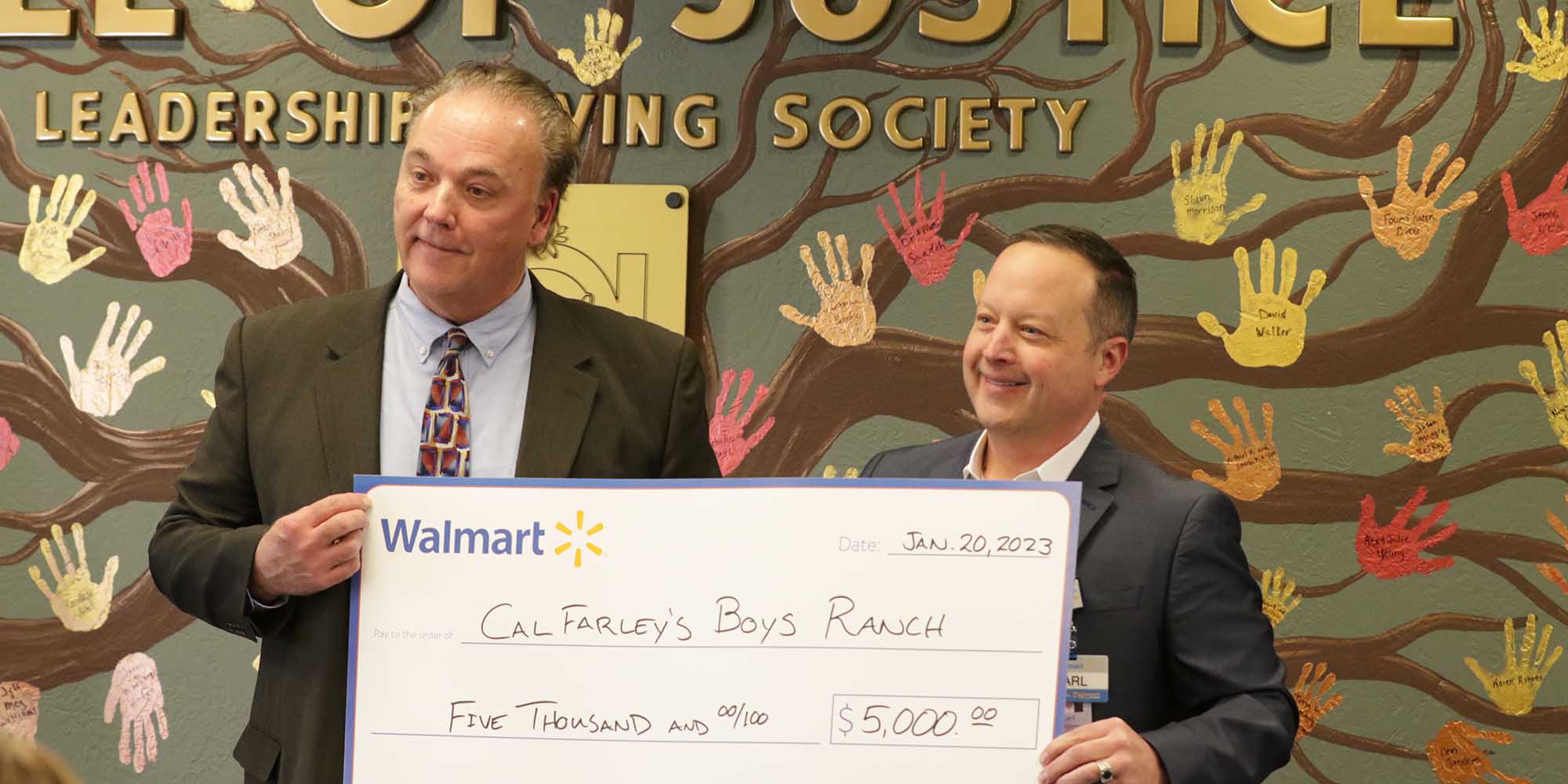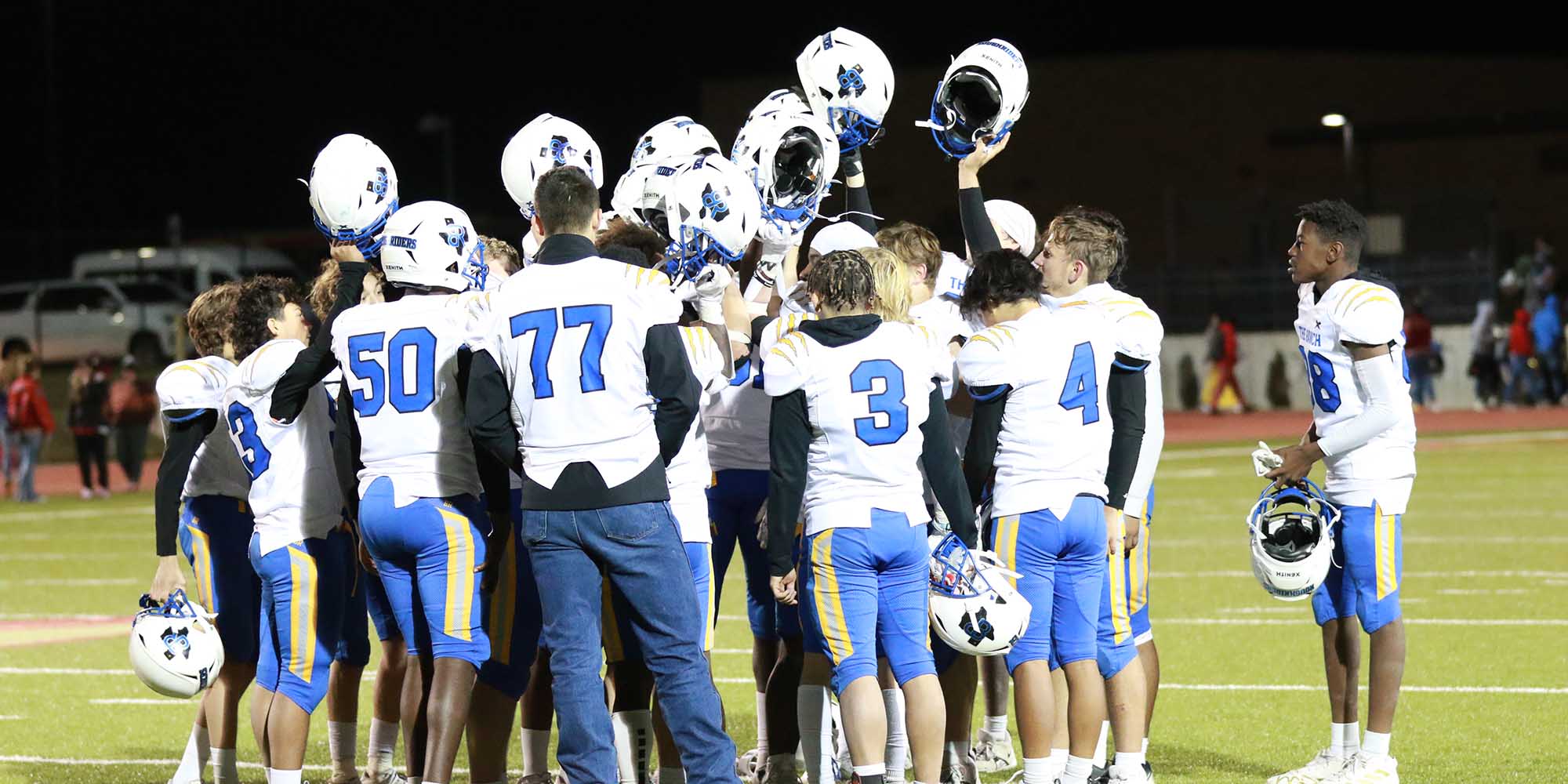Think back to a moment in your life when you were terrified.
Perhaps someone startled you, and the momentary scare wasn’t real. Or, on the other hand, maybe there was a threat.
If so, you likely felt your heart sink as fear gripped your body. Your heart raced, and you could hear and feel the blood pumping in your head. If whatever threat you faced was severe enough, you may have reacted instinctively, losing a measure of conscious control over your actions. Your memory might not even recall some of the details of the event.
In many cases, due to the tragic circumstances in which they found themselves, the children Cal Farley’s serves have lived a significant portion of their lives in just such a heightened, frantic state.
This sense of overwhelming panic is a defense mechanism triggered by their amygdala, the brain’s survival center. When the amygdala takes over, it limits access to so-called “higher” brain functions, like logic or problem solving.
A child living in this frightened emotional place often will exhibit troubling behaviors — stealing, lying or aggression, to name just a few.
“Behavioral problems are powerfully evident, but what lies underneath them is often painstakingly and intentionally hidden. It’s a form of self-preservation,” explained Michelle Maikoetter, Cal Farley’s chief program officer. “Sometimes, the cause of challenging behaviors is hidden from the child as well. Some of the most alarming actions — self-injury, promiscuity or drug use — provide such a strong smoke screen that those around the child are unable to maintain any sense of curiosity about where these behaviors come from.”
Cal Farley’s Boys Ranch staff is trained to look beyond this outward behavior. Instead, Maikoetter and her team apply their understanding of neurological development to help a child root out the causes of their behavior. Together, a Boys Ranch resident and his or her mentors move the child’s thinking from the primal, survival-oriented part of the brain to more complex areas that allow him or her to calmly analyze circumstances and apply healthier, more sustainable behavior.
Of course, not every child facing an emotional trauma needs external placement at Cal Farley’s. Here are just a few ways you can help your child with life’s inevitable emotional crises:
Be a sounding board, not a brick wall.
Regardless of individual circumstances, growing up is a confusing, difficult process. As such, there will be many times in your child’s life when he or she faces emotional obstacles with no clear solution. Some caregivers attempt to build resilience by refusing their child’s requests for help. Such a response, however, is more likely to build resentment and emotional distance. Your child looks to you for emotional safety and sound guidance. Validate his or her feelings by letting him or her know everyone faces hard decisions or situations they don’t know how to solve. Sharing a story of such a time in your life reassures your child, strengthening the connection between you.
Failure, life’s great teacher.
Many people achieve great things through their God-given talents and instincts, only to be crushed by an unexpected failure. No individual is perfect, of course, and your child is no different. With a gentle spirit, help him or her to view these moments as opportunities to learn something new or try a different approach. Most of all, build empathy by relating a time when you failed to reach a goal. Connecting with your child both in moments of success and failure helps create a healthy, balanced sense of self and keeps the lines of communication open between you and your child.
Get (un)comfortable!
Every caregiver wants their child to feel comfortable seeking advice or sharing their innermost thoughts. The secret to that kind of closeness, however, is this: If you want your child to be comfortable talking to you about anything, you have to be willing to get uncomfortable. Don’t hesitate or shy away when your child brings up topics that make you queasy. He or she is showing great trust in bringing these concerns to you. Address them in an honest, open manner. Recognize the courage and trust it takes for your child to ask you about such deeply personal topics such as sexuality, drugs or religion by honestly answering their questions. And, by all means, don’t be afraid to admit you don’t have the ‘right’ answer. Your honesty provides you and your child an opportunity to seek out the answer together.
Manage your baggage.
One of the keys to healthy relationships is an awareness of our own emotional ‘buttons’ — those feelings or topics that make you the most uncomfortable. In order for us to help our children calm down, we have to be calm ourselves. If you find yourself unable to do this during heated discussions, take some time apart from each other to breathe deeply and gather yourselves. When you and your child have had some time to regroup, reengage your child by assuring him or her of how much you care and desire to problem-solve together. You greatly increase the likelihood the skills you want your child to develop will occur when you are modeling them yourself!

















